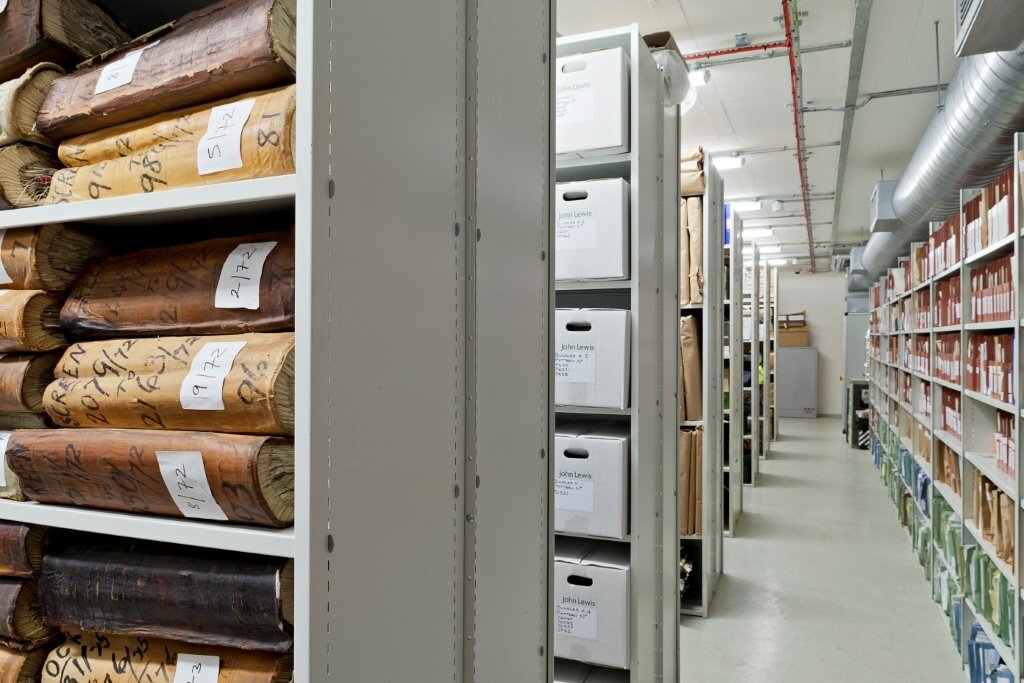
Collaborative Doctoral Awards: A ‘How To’ Guide
About Collaborative Doctoral Awards (CDAs)
Collaborative Doctoral Awards (CDAs) are doctoral studentship projects which are developed by a university-based academic in collaboration with an organisation outside of higher education (non-HEO Partner). CDAs are intended to facilitate knowledge exchange between universities and a diverse range of non-HEO partners, including smaller, regional partners.
CDAs are mutually beneficial. They spread capacity for non-HEOs to work with higher education institutions in focused way. They also provide important opportunities for doctoral researchers to gain first-hand experience of work, and enhance their employment-related skills and training.
CDA projects also encourage and establish links that can have long-term benefits for both collaborating partners. Relationships between institutions can provide access to a greater range of resources, materials, knowledge and expertise that may not otherwise be available. They also also offer social, cultural and economic benefits for wider society.
The number CDAs awarded each year depends on the number and quality of proposals received, but the CHASE Management Board usually expects to offer 4-5 CDA studentships to start in October each year. These studentships are advertised alongside the main CHASE studentship competition (to a separate timetable).
CHASE would particularly welcome applications which support its strategic objectives in the following areas:
Projects likely to attract applicants from BAME or other underrepresented backgrounds
Modern languages
Eligibility
All research proposals must be submitted by a supervisory team consisting of a lead contact supervisor, who takes overall administrative responsibility for the project; a second supervisor; and a supervisor from the partner organisation.
The lead contact supervisor must be employed by one of the participating CHASE institutions: Birkbeck, University of London; The Courtauld Institute of Art; Goldsmiths, University of London; SOAS University of London; University of East Anglia; University of Essex; University of Kent; University of Sussex.
CHASE policy requires that each administrative supervisor has:
A PhD (or, exceptionally, if conducting practice-based research, equivalent recent experience)
Evidence of recent research activity relevant to the PhD researcher’s project in the past five years
Awareness of CHASE Supervisory Practice via briefing notes and introductory sessions
Sufficient time in their workload to carry out supervision duties
Additionally, a member of the supervisory team should have at least 3 years of experience in successful supervision of PhD researchers, with at least 1 member of the team being a permanent member of staff and having supervised to completion.
Submitting a CDA Proposal
The main contact supervisor is responsible for submitting a proposal. The application form has five sections:
Supervisory team details
Collaborative details, including a letter of support from the non-HEO partner
Proposal Details
Studentship advertisement
Costing for the research project
Summary of the CDA Application Process
A university-based academic (‘the applicant’) identifies a research project and a collaborative partner with whom they wish to work.
The applicant discusses the project with the non-HEO collaborative partner
If the non-HEO (‘collaborative partner’) is interested in participating in the scheme, they work with the applicant to draft and agree a research project proposal, including details of what each party will contribute to the project (such as financial support, access to data, provision of office space for the researcher, etc.)
The applicant works with the collaborative partner to produce a letter of support, which should be signed by the collaborative partner, and uploaded as part the CDA application. This letter should briefly state what the collaborative partner has agreed to contribute to the research project (please see our full CDA guidance document for a suggested template).
The applicant identifies the supervisory team, in which they (the applicant) is designated ‘lead contact supervisor’.
The team must include another supervisor who will be actively involved in the research project or who has a particular expertise in this research area.
The team should also include a supervisor from the collaborative partner.
The applicant drafts an advertisement for the studentship to be attached to the research project (see our full CDA guidance document for details of what this should include).
Complete the application form and send via email to enquiries@chase.ac.uk
Proposals will be assessed by the CHASE Management Board, and applicants will be notified of the outcome.
If a proposal is successful, it will be advertised both internally and externally to attract candidates for the studentship attached to the research project.
Once the applications for the studentship for the project have been received, supervisors will be involved in selecting the best candidate for this studentship.
Assessment of proposals
Proposals will be assessed by the CHASE Management Board against the following criteria:
The quality of the research proposal (40%)
The quality of the collaboration (30%)
Suitability and feasibility of the project for a studentship (30%)
For full details about CDAs, including our full guide for applications, further information about supervisory roles, and the assessment criteria for proposals, please see our full CDA guidance notes.
Please click here to download a copy of the CDA proposal form. (NB: This is subject to change).
Alternatively, you can fill out our dedicated form to enquire about partnership.

